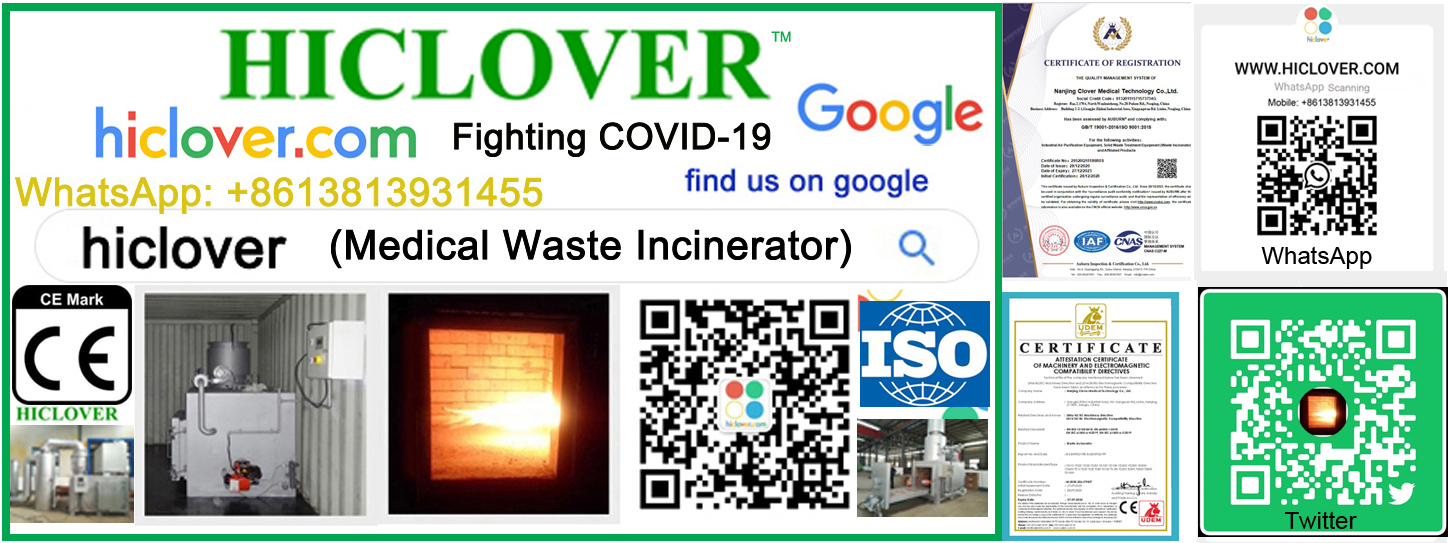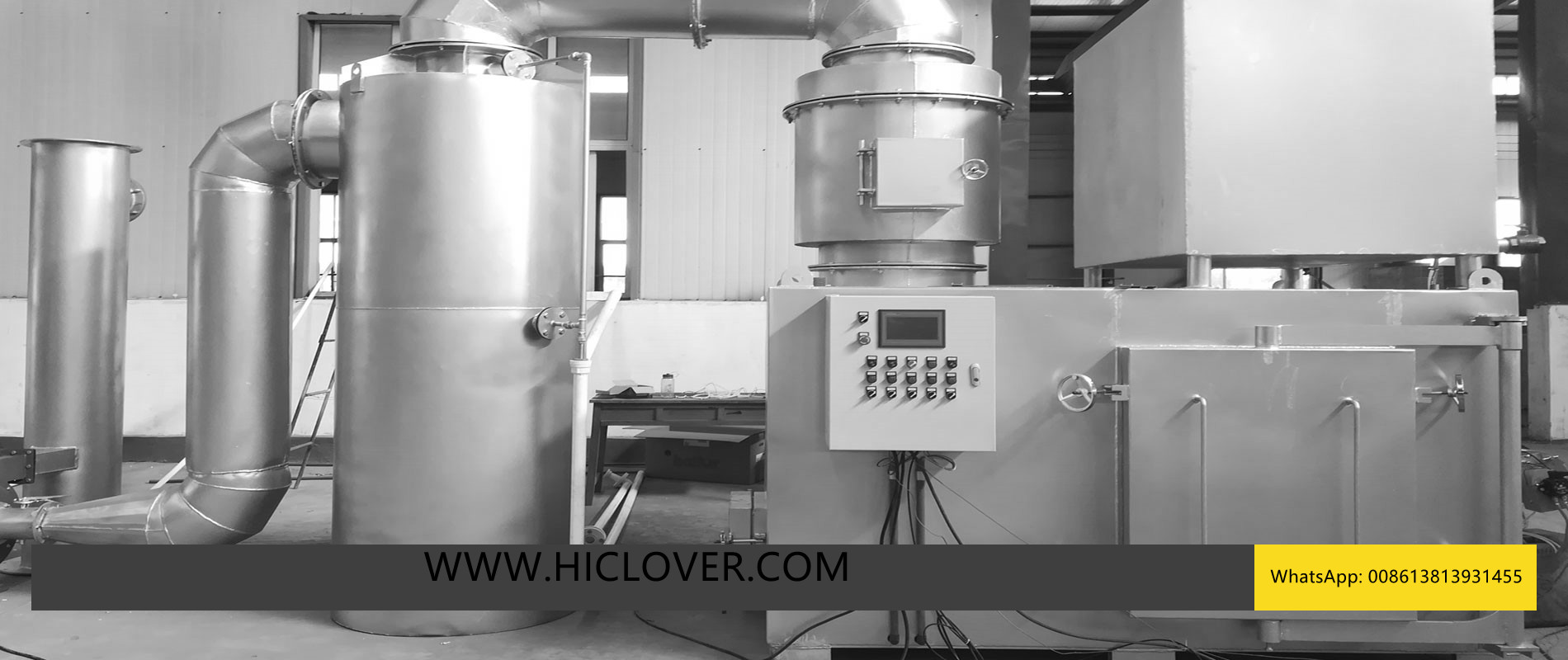7. A 99.99% destruction and removal efficiency (DRE) for each principal organic hazardous constituent (POHC) in the waste feed where:
DRE = [(Win – Wout)/Win]*100
5. There should be no drinking or smoking on the site.
C.E=% CO2 x 100
Any other device or measurement that may be considered necessary
8 Location / Siting 1. Must be sited in accordance with the relevant local municipal authority planning scheme, the topography of the area and be compatible with assumptions in the area,
2. Has to be placed in a suitably ventilated room.
6. Ensure the gas temperature as measured against the inner wall at the secondary chamber & not in the flame zone, is less than 1100oC.
7. Verify the oxygen content of the emitted gases is less than 11%.
Silver Ag
4. Have fly ash containerization and storage prior to disposal.
12 Health & Safety (Protective Gear) 1. Staff managing waste must be well trained on safe handling of hazardous wastes
5. All the emission to the air apart from steam or water vapour must be odourless and free of mist, fume and droplets.
6. The Authority may require the certificate holder have tests carried out by an accredited institution to determine stack and/or ground level concentrations of the following substances.
Cadmium and compounds as Cd
4. Ensure minimal exit temperature is not less than 850oC
4 Secondary Combustion Chamber (Afterburner). The secondary combustion chamber must:
1.
A gas flow meter/recorder
Particulate Scrubbers
Hydrofluoric acid HF
Acid Gas Scrubbers
Arsenic As
8. Ensure both main and the combustion temperatures are maintained until all waste was completely combusted
5 Particulate Removers A mechanical particulate collector must be integrated after secondary combustion chamber for removal of particulate pollutants entrained in the flue gas flow. The particulate collectors may include any of the following or a combination thereof:
Cyclone separator
Antimony Sb
1 Fundamental Plant Design An approved plant must have four distinct sections that demonstrate three fundamentals of Turbulence, Residence Time and Temperature are inbuilt in the plant design .The regulated segments may include but not limited to:
Overall plant design.
Hydrochloric HCL
3. The addition of dilution air after combustion to be able to reach the requirement of these guidelines is unacceptable.
4. The minimum exit velocity should be 10 m/s and at least two times the surrounding wind speed (Efflux velocity = wind speed x 2) whichever is greater to make sure no down washing of exiting gases.
5. Point for the measurement of emissions shall be provided.
7 Instrumentation Instrument for discovering the inside wall temperature and not burner flame temperature must be given for both primary and secondary chambers. An audible and visible alarm must be set up to warn the operator once the secondary temperature drops to below the required temperature. In addition to the above the following instruments may also be required.
2. Be paired with secondary burner/s burning gas or low sulphur liquid fuel or some other suitable fuel.
Manganese Mn
Fabric filters
Os = Regular oxygen concentration
4. Fire fighting equipment must be provided
Barium Ba
Tin Sn
Vanadium V
Electrostatic precipitators
Beryllium Be
2. Staff must be provided with proper protective equipment such as, gas mask, aprons, gumboots, helmets, gloves, goggles.
3. Caution and Warning signs must be provided.
2. If the minimum combustion temperatures aren’t maintained.
2 Feeding And Charging Controlled hygienic, mechanical or automatic feeding methods must be used which will not affect the air temperature in the primary and secondary chambers of the incinerator negatively.
No waste is to be fed into the incinerator:
1. Until the minimum temperatures have been reached.
21 – OM
Where: Es = Calculated emission concentration at the standard percentage oxygen concentration
5. Ensure residence time isn’t less than two (2) minutes.
Lead Pb
2. Be equipped with a burner/s burning gas/fuel or low sulphur liquid fuels. Ensure main air supply is controlled economically
Thallium Tl
Chromium Cr
3. The incinerator must be preheated to working temperature before charging any waste.
Feed chamber/ charging
A solid particulate meter/recorder
5. The incinerator must be in good working order at all times and must not be used if any part fails. Any malfunction should be recorded in a log book and reported to the relevant authority.
6. The incinerator operator and all relevant personnel must be trained to the satisfaction of the relevant control authority.
11 Housekeeping The site where the incinerator is built must:
1. Have running water.
% CO2 + CO
2. The temperature of the primary chamber shall be 800 ± 50o C
3.
4 Opacity of the smoke must not exceed 20% Viewed from 50 meters with naked eyes
A carbon monoxide and/or oxygen meter/recorder
Wout = mass emission rate of POHC in the stack prior to the release to the air.
8. The average dioxin and furan concentration in the emissions should not exceed 80ng/m3 total dioxins and furans if measured for a period of 6 to 16 hours.
Note:
A smoke density meter/recorder
6 Chimney / Stack 1. The chimney should have a minimum height of 10 meters above ground level and clear the maximum point of the building by not less than 3 meters for all roofs. The topography and height of adjacent buildings within 50 meters radius should be taken into consideration. If possible the chimney needs to be visible to the operator from the feeding area.
3. Whenever the preceding charge hasn’t been completely combusted in the case of batch feeding.
4. Until such time as the addition of more waste will not cause the design parameters of the incinerator to be surpassed.
3 Main Combustion Chamber The main combustion chamber must:
1. Be accepted as the main combustion zone.
Copper Cu
All pollutant concentrations have to be expressed at Oo C and 1.013 x 10 5 N/m2, dry gas and 11% oxygen correction.
Oxygen correction is calculated as:
Es = 21 — Os x EM
Cobalt Co
Where: Win = mass feed rate of the POHC in the waste stream fed to incinerator, and
OM = measured oxygen concentration
10 Operation 1. Materials destined for incineration should be of known origin and makeup and have to be just incinerated in a furnace that’s registered for the particular type of waste.
2. A record must be kept of the quantity, type and origin of the waste to be incinerated.
10 Operation 1. Materials destined for incineration should be of known origin and composition and must be only incinerated in a furnace that is registered for the particular type of waste.
2. A record must be kept of the quantity, type and origin of the waste to be incinerated.
3. The incinerator must be preheated to working temperature before charging any waste.
4. The incinerator must not be overcharged.
5. The incinerator must be in good working order at all times and must not be used if any component fails. Any malfunction should be recorded in a log book and reported to the relevant authority.
6. The incinerator operator and all relevant staff must be trained to the satisfaction of the relevant control authority.
11 Housekeeping The site where the incinerator is built must:
1. Have running water.
2. Have a solid floor.
3. Have lighting if 24hrs operation
4. Have fly ash containerization and storage before disposal.
12 Health & Safety (Protective Gear) 1. Staff handling waste must be well trained on safe handling of hazardous wastes
2. Staff must be provided with appropriate protective gear such as, gas mask, aprons, gumboots, helmets, gloves, goggles.
3. Caution and Warning signs must be provided.
4. Fire fighting equipment must be provided
5. There should be no smoking or eating on the site.



